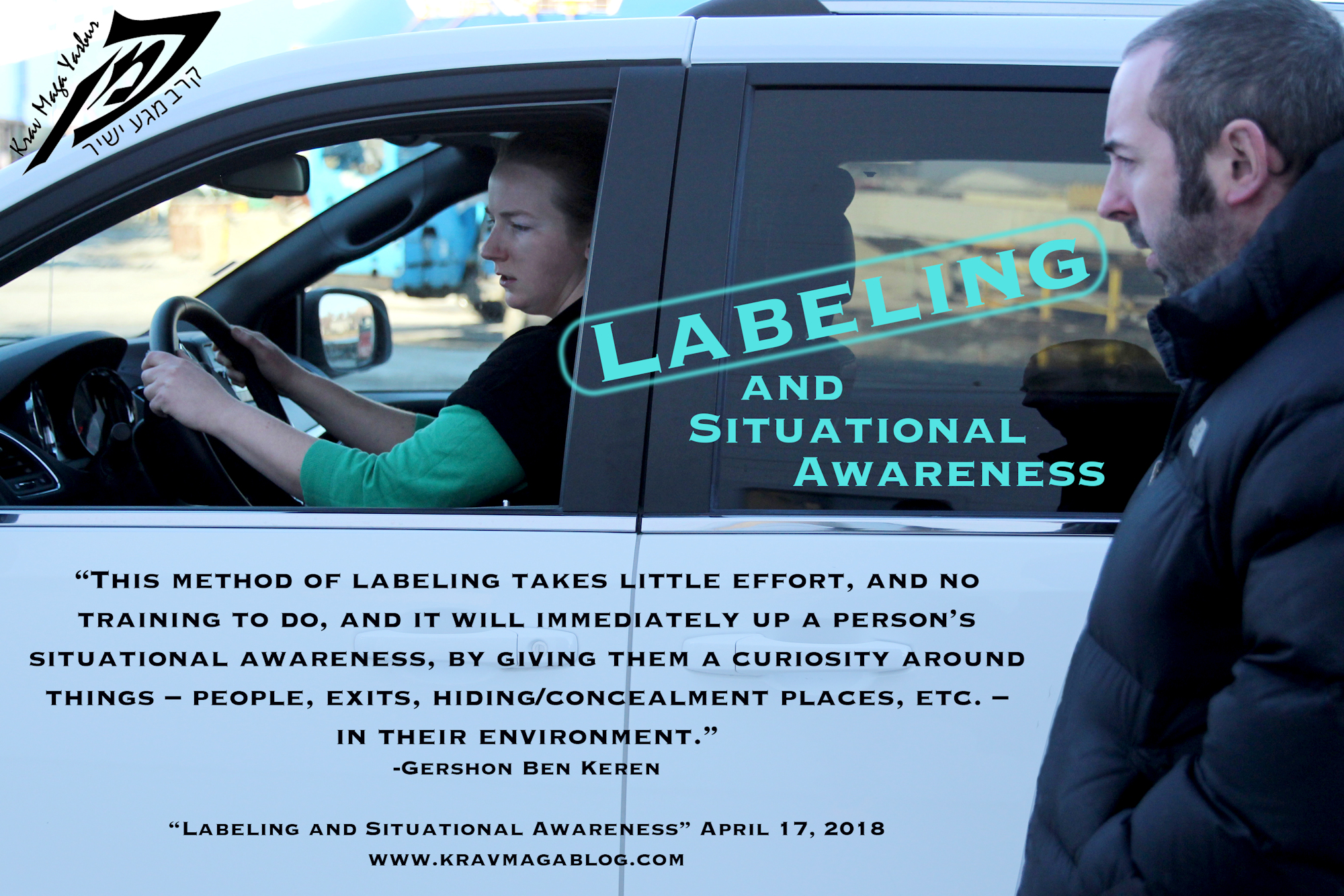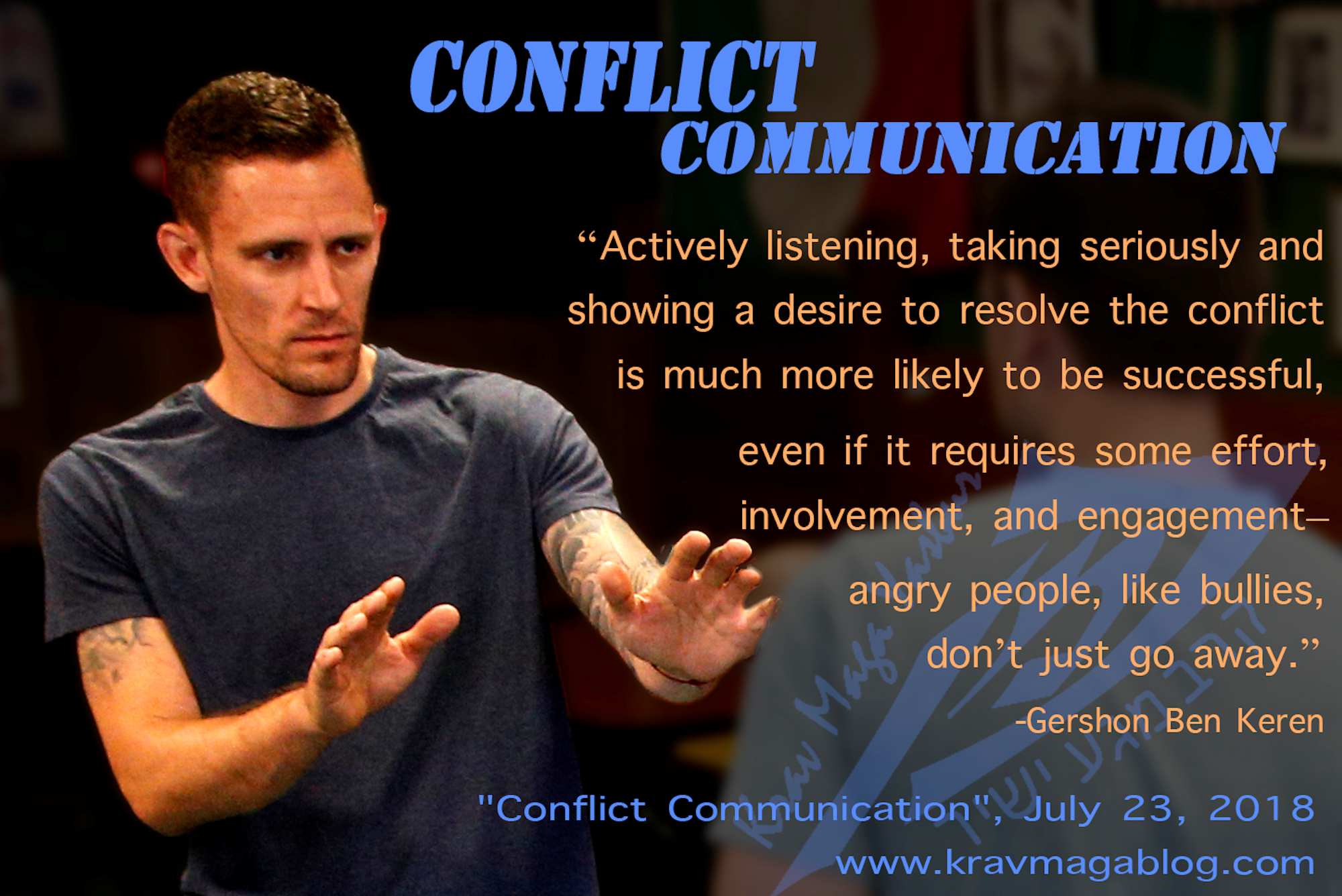The Conjunction Fallacy (The Linda Problem) & Personal Safety, is an article written by Gershon Ben Keren, a 5th Degree Black Belt in Krav Maga, who teaches Krav Maga in Boston, MA. He has also authored three Amazon best-Selling Books on Krav Maga.
We all have cognitive biases. Whilst for the most part they help us make quick and largely effective decisions, there are times that they can be unproductive, and cause us unnecessary stresses, and even divert our attention from things we should be looking at and considering in favor of things that don’t warrant our attention etc. Psychologists, Amos Tversky and Daniel Kahneman, demonstrated this with “The Linda Problem”.
The Linda Problem
“Linda is described as a 31-year-old woman who is single, outspoken, and very bright. She majored in philosophy and was deeply concerned with issues of discrimination and social justice. She also participated in anti-nuclear demonstrations.”
Question:
Which of the following is more probable?
- Linda is a bank teller.
- Linda is a bank teller and is active in the feminist movement.
Obviously from a statistical/probability perspective Linda is most likely to be a “bank teller” one common/constant thing, rather than one common thing along with another i.e., it is more likely that Linda is a bank teller, rather than a bank teller and something else. However, we fall foul of such conjunction fallacies all the time e.g., we become overwhelmed with information that doesn’t actually affect probability and/or risk. Our quick decision-making is based on the amount of information that we are given which leads us to believe that Linda should be a feminist, and the fact that we aren’t given anything that would help us identify her as a bank-teller e.g., if instead of being informed that she majored in philosophy, we were told that she’d just completed a community college course in accountancy, we might focus more on her “role” as a bank teller, that her “role” as a feminist etc. Conjunction fallacies occur when people erroneously believe that the probability of two (or more) events/things happening together is greater than either one happening alone. This can cause us to not recognize what is pertinent in a situation we are facing/dealing with.
The conjunction fallacy may lead us to focus on things which are less important than others e.g. we may believe that because we are away from our house and we forgot to set the alarm there is a greater probability of us being burgled etc. Whilst our home may be at a greater “risk” of being burgled, the fact that our alarm system isn’t on doesn’t increase the probability of it being broken into i.e., a potential burglar doesn’t know whether the alarm system is on or not, only we do. The “risk” is greater because we have introduced a vulnerability that a potential threat can inadvertently exploit; the alarm being turned off. However, the probability of being burgled isn’t affected by this. The probability of burglary is based on a number of other factors e.g., the area in which our home is located, the number of burglars “active” at the time of day we are not there etc. Probability and vulnerability are not always directly related but due to the conjunction fallacy we often join the two together. Whilst probability and risk are often used synonymously, they are not the same, however it is a conjunction fallacy which often makes them appear as if they are dependent on the same factor(s). You can leave an alarm off, your windows and doors open etc., and never be broken into because there are never any motivated offenders interacting with your assets i.e., you may be at “high risk”, but low probability due to the low number of threats that are able to exploit such vulnerabilities.
The conjunction fallacy may also cause us to over-emphasize one variable over another e.g., just as we might believe, as in “The Linda Problem” that the most important variable is that she is “active in the feminist movement” we might fail to see that the more likely variable is that she is a “bank teller”. This can cause us to misidentify threats and apply an undue weight to irrelevant factors. There are those, in society and the media, who would suggest that crime and acts of violence are most often committed by young black men, or young immigrant males etc. Two variables/factors in such statements and beliefs are true i.e., crime and violent crime is most often committed by young men. I don’t believe there are many – if any – criminologists and sociologists who would disagree with such statements, and the crime statistics whether from police incident reports and/or self-reported victim surveys would bear this out i.e., most crime is committed by young men. However, the conjunction fallacy can cause some to believe that the most important “variable” is that of race, nationality and legal status, rather than age and gender, when this just simply isn’t the case. Without creating “folk devils” out of young men, a young woman (the risk of sexual assault, although not eliminated, decreases with age) is most likely to be raped/sexually assaulted by a young man, with race/immigration status being the most irrelevant factor/component. As most women are likely to be sexually assaulted by someone they know the probability/likelihood is that it is someone of the same race/nationality etc. However, the conjunction fallacy can cause us to associate a factor – and is in fact a confounding variable - that has no effect on probability, to be the most important one, causing us to fail to recognize when we are actually most likely to be assaulted.
Fallacies are biases. They become fallacies when they potentially cause us harm or lead us to make bad decisions. Whilst we should recognize the strengths that biases bring to our decision making, i.e., they allow us to make quick and usually effective decisions, we should also identify and accept when they end up misleading us. I forget which psychologist it was, but they said concerning “The Linda Problem”, that despite recognizing the truth and probability of the statistic that “Linda is a bank teller”, they still “believed” in their heart that she was “active in the feminist movement”. They are not alone, I believe Linda is active in the feminist movement and fighting for civil rights etc. Go Linda! Despite acknowledging that it is more probable she is a bank teller. Our biases are inherent and strong, and there are times when we need to fight and overcome them.
0 COMMENTS














